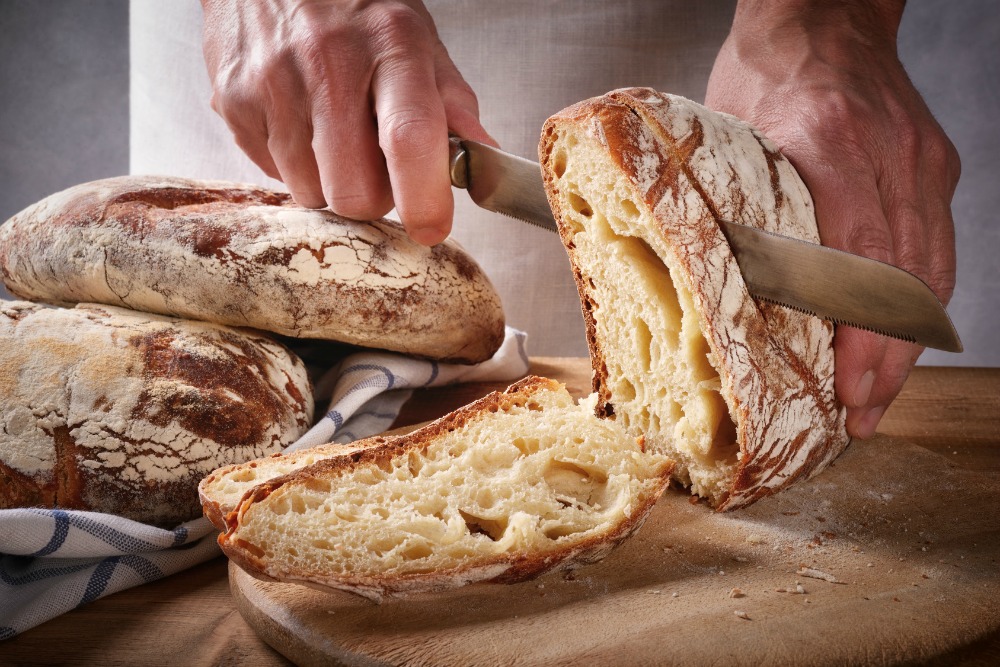
Best 7 School Lunches in the World
As I sit down to write this article, I’m filled with memories of school lunches from my childhood. Growing up in the United States, my school lunches were nothing like the vibrant meals from around the world. But, traveling and learning about international school lunches has amazed me.
These countries show a deep commitment to their culinary traditions and student health. From Japan’s artful bento boxes to Finland’s hearty soups and breads, school cafeterias worldwide offer a variety of nutritious meals. These top 7 school lunch programs nourish students and celebrate their cultural heritage. Let’s explore the best school lunches that are changing the game for student health and cultural awareness.
School lunches are more than just a meal. They help kids eat healthy, learn about different cultures, and support their growth. These meals give kids the energy they need to stay focused and do well in school.
Importance of Nutritious School Meals
Worldwide, schools are working hard to give kids healthy meals. In India, a program has been feeding 125 million kids since 1995. Brazil gives free meals to 40 million kids, making sure 30% of the food comes from local farms.
Estonia has been giving free meals to kids in school since 2002. This ensures every child gets a hot meal every day.
Cultural Significance of School Lunches
Looking at school lunches around the world shows us how food shapes culture and community. Finland has been feeding over 900,000 students for free since 1943. Sweden gives 260 million hot meals to students every year.
In the United States, free meals were given to all students during the pandemic. States like New York and California still offer free meals to kids.
School lunches do more than just feed kids. They introduce them to many cultural cuisines. This helps kids appreciate the world’s food traditions. As we learn more about school meals globally, we celebrate how food nourishes both body and mind.
Overview of the Top 7 School Lunches
School lunches worldwide are a mix of flavors, textures, and traditions. They not only feed students but also teach them about global cuisines. This diversity enriches their lives and broadens their cultural understanding.
1. Japan: The Art of the Bento Box
In Japan, students get a balanced meal in a bento box. It includes miso soup, rice, and meat or veggies, with fruit on the side. This meal is a perfect example of healthy eating habits and innovative menu planning.
2. Finland: Ruisleipä and Hearty Soups
Finland’s school lunches are known for rye bread and hearty soups. These meals focus on local, sustainable food sourcing. They make Finland’s cafeterias a place of comfort and cultural diversity.
3. France: A Tradition of Balanced Meals
France’s school lunches are a tradition of balanced meals. Students enjoy a variety of dishes, like seasonal veggies, proteins, and fresh bread. This promotes an appreciation for culinary education initiatives and multicultural dining experiences.
4. South Korea: Bibimbap and Colorful Plates
South Korean students love bibimbap, a rice dish with veggies and proteins. This meal celebrates the farm-to-table movement and the cultural diversity in cafeterias.
5. Sweden: Köttbullar and Lingonberry Sauce
Sweden’s school lunches feature meatballs with lingonberry sauce. These meals show Sweden’s commitment to nutritious lunch programs and sustainable food sourcing. They reflect the cultural significance of school lunches and Sweden’s focus on student satisfaction.
6. Italy: Pasta with Seasonal Vegetables
Italy’s school menus include pasta with fresh veggies. This promotes healthy eating habits and farm-to-table movements. It ensures students enjoy multicultural dining experiences that nourish their bodies and minds.
7. Mexico: Flavorful Tacos and Enchiladas
Mexican schools offer tasty tacos, enchiladas, and other dishes. These meals celebrate the cultural significance of school lunches and global food trends. They satisfy students’ tastes and deepen their appreciation for diverse cuisines.
Nutritional Standards for School Lunches Around the World
Ensuring students get balanced, nourishing meals is key for school lunch programs worldwide. Governments set strong nutritional guidelines and rules. This is to keep the food in school cafeterias of high quality.
Government Regulations and Guidelines
School lunch programs follow strict rules on calories, macronutrients, and food groups. For example, the USDA has updated the Child Nutrition Programs. They aim to reduce added sugars and sodium and increase whole grains. These changes are expected to greatly improve childhood health over time.
The Role of Local Ingredients
Many schools focus on using local, seasonal ingredients. This supports local food economies and reduces food transport’s environmental impact. It also gives students fresher, healthier meals and introduces them to local culinary traditions.
Addressing Food Allergies and Dietary Restrictions
Meeting the diverse dietary needs of students is vital. Cafeterias work with families to handle food allergies and dietary restrictions. This ensures all students get safe, nourishing meals that fit their needs.
By following strict nutritional standards and using local, sustainable food, school lunch programs aim to give students healthy, culturally relevant meals. These meals support students’ growth and development.
How School Lunches Foster Cultural Awareness
School lunches do more than just feed students. They also help them learn about different cultures. By trying foods from all over the world, students get to see the variety of global cuisines.
Exposure to Global Cuisines
School lunches introduce students to foods like Mexican tacos and Japanese bento boxes. These dishes show the amazing diversity of our world. They help students appreciate the unique ways of cooking and eating from different places.
By trying these foods, students gain a deeper understanding of cultures. They learn about the traditions and tastes of various communities. This makes them more open-minded and aware of the world’s diversity.
Building Community Through Shared Meals
Sharing meals in the school cafeteria helps students feel connected. It brings them together with their peers and teachers. These moments of togetherness build a strong sense of community.
Through school lunches, students learn to appreciate the diversity of food. They also develop a sense of belonging. This makes schools more inclusive and supportive for everyone.
By celebrating cultural diversity in school lunches, schools can raise culturally aware students. These students are ready to face the challenges of a global world. They learn to value the rich variety of global cuisines and build strong school communities.
Tips for Parents: Making Nutritious School Lunches at Home
As parents, making healthy and tasty school lunches for our kids is a fun challenge. We can draw inspiration from school lunch programs worldwide. This way, we can make meals that are both nutritious and culturally rich. The goal is to use simple, wholesome ingredients that our kids will love.
By doing this, we help them discover new tastes and traditions. It’s all about making meals that are easy to make and good for them.
Easy and Healthy Lunch Ideas
A balanced school lunch is simple. Just mix a protein like lean meats or beans with fruits, veggies, and whole grains. For example, you can make a turkey roll-up with cucumbers, apples, and whole-grain crackers. Or, try a pasta salad with white beans, cherry tomatoes, and parmesan cheese.
There are countless options. With a little creativity, you can make kid-friendly recipes that give them energy all day.
Involving Kids in Meal Preparation
Getting kids to help with lunch is a great way to teach them. Let them pick from various healthy school lunches like different proteins, fruits, and veggies. Let them help put it all together. This makes them feel more involved and appreciative of the cultural diversity in school meals worldwide.
By letting kids explore new tastes and recipes, we help them love sustainable food and farm-to-table practices. This improves their student nutrition and broadens their view of school food quality and innovative school cafeterias globally.
The secret to great school lunches at home is finding a balance. Plan ahead, and be open to trying new things. This way, you can give your child a school lunch that’s both healthy and fun.
Celebrating the Diversity of School Lunches
School lunches worldwide are a colorful mix of flavors, traditions, and cultural experiences. From Japan’s artful bento boxes to Finland’s hearty soups and breads, the top 7 school lunch programs are showcased. These programs highlight the diverse culinary heritage and nutritional excellence found globally.
By setting high nutritional standards, using local and sustainable food, and promoting cultural awareness, these programs are shaping the next generation. They are teaching students to be healthy and globally-minded.
Recap of the Top 7 School Lunches
Reflecting on the school lunch traditions from this article, we see the richness and diversity in cafeterias worldwide. France’s balanced meals and Mexico’s flavorful tacos and enchiladas show each nation’s unique culinary and cultural identity.
Encouragement to Explore Global Cuisines
As parents and educators, we can keep exploring school lunch traditions. We should encourage our children to try new foods and appreciate the role of food in culture. By embracing nutritious meals, sustainable food, and global cuisines in school cafeterias, we can help the next generation.
We can teach them to develop healthy eating habits, understand different cultures, and connect through food. Food is a universal language that can bring people together.












